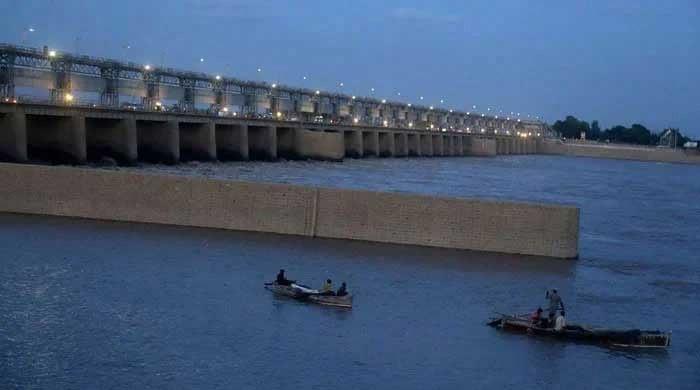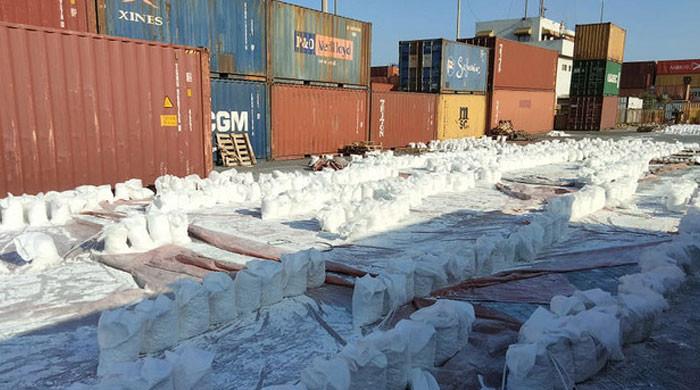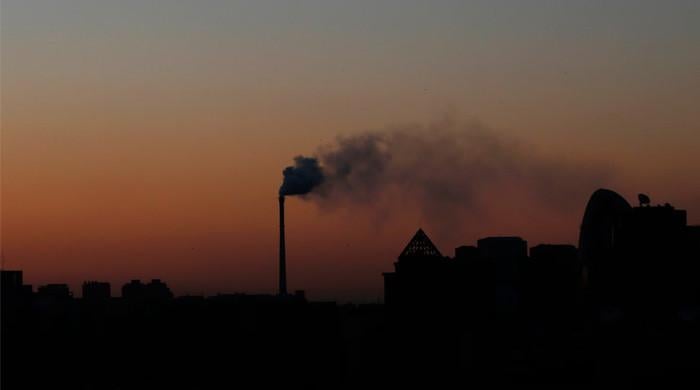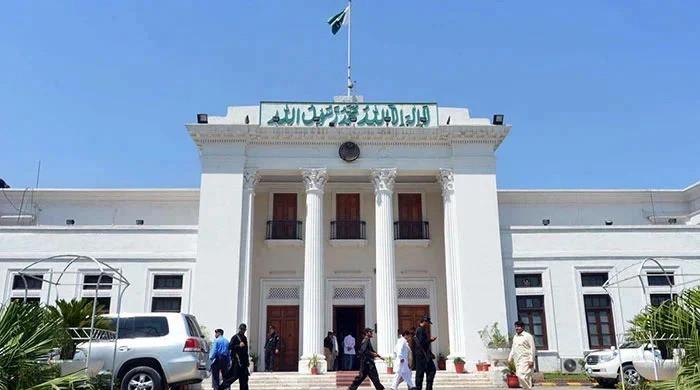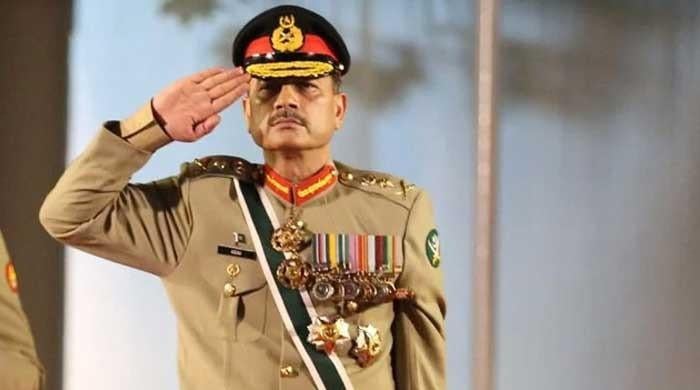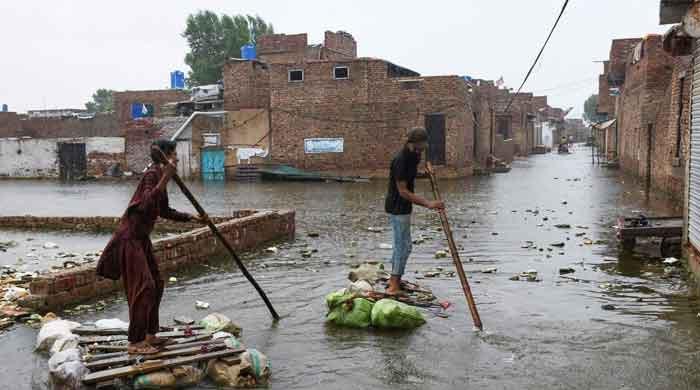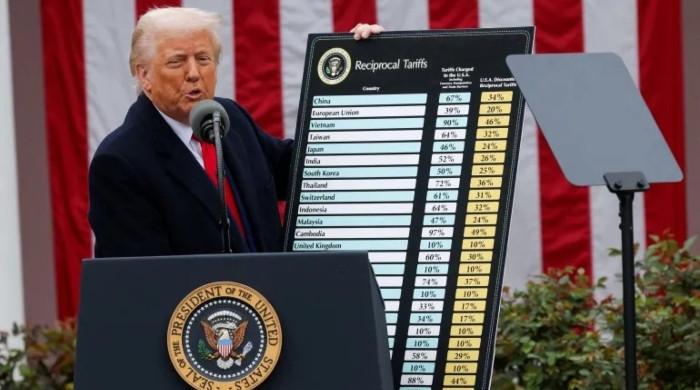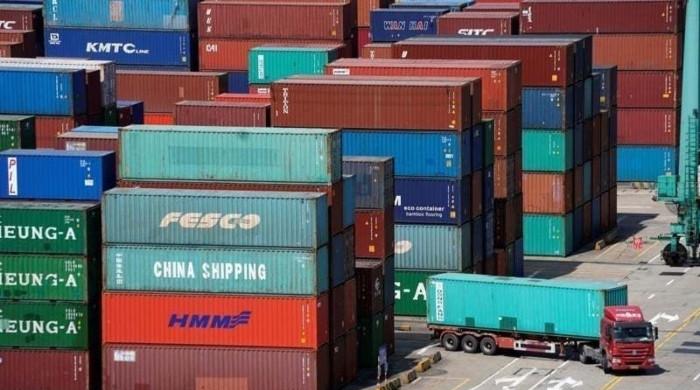Amnesty for TTP: Are individuals more powerful than the state?
Country needs serious revision of its policies on how to handle radicalization
December 16, 2021
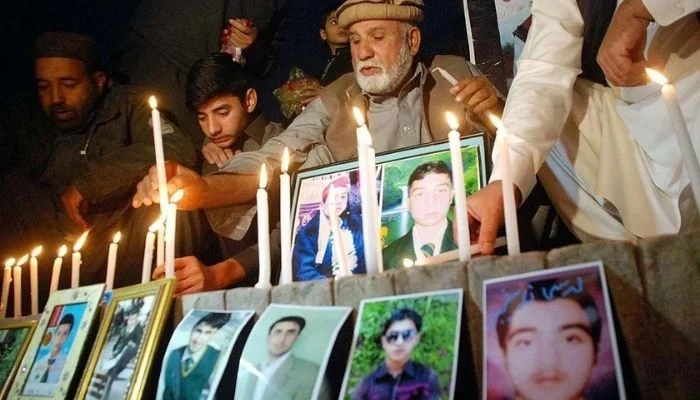
Today marks seven years since the deadliest ever attack against young students in the country by the Tehreek-e-Taliban Pakistan. On a bright, sunny, winter morning, 147 children were brutally massacred in the Army Public School in Peshawar.
At that time, hardly anyone would have anticipated that a few years down the line Osama bin Laden – the founder of Al Qaeda – would be called a martyr by the prime minister on the floor of the house; Ehsanullah Ehsan – the mastermind of the APS attack – would mysteriously escape the invincible security; and the TTP would be considered a contender for amnesty while the guardians of the APS victims would still await justice.
The APS attack on December 16, 2014 was an attack on civilians, penetrating the security of a state institution, with an intent to massacre as many children as possible. The TTP claimed responsibility for the attack and called it revenge against Operation Zarb-e-Azb started out by the military in North Waziristan the same year. Some in Pakistan later called it collateral damage.
The whole nation mourned the insurmountable loss, emotionally united against the terrorists and even pledged to educate the children of our enemies. Yet, it all ended to nothing. Pakistan could certainly do better, provided that a rather comprehensive National Action Plan was implemented in letter as well as spirit.
Since the creation of the TTP in 2007 after the Lal Masjid miscalculation by dictator Pervez Musharraf, the militant organisation has launched numerous attacks threatening the national security of Pakistan. They have attacked civilians, politicians, army personnel, police and even polio workers. For them, the idea of the state of Pakistan is contrary to Islam and hence they wage a terrorist campaign against the state to uproot government structures.
The ideology of the TTP has fortunately not been able to win support from the masses but Musharraf’s offensive against Lal Masjid provided different extremist sections a glue to unite in the form of Tehreek-e-Taliban Pakistan. Just recently we saw the Lal Masjid cleric over-joyous at the Afghan Taliban’s conquest of Kabul. Waving Afghan Taliban flags at the seminary, he challenged the Pakistani state and dared the police to wait and see what the Pakistan Taliban would do to the state.
The question is: are individuals more powerful than the state? If the state gives space to extremists and lets them become stronger and gather support until they become a potential threat to security, only to be crushed by brute force, the chances of the approach becoming successful are minimal. Frankenstein’s monsters are hard to chain. Creating them for political goals is easy but getting rid of them is a messy thing to do. In fact, it’s catastrophic. The mistakes must not be repeated.
Unlike the TTP, the Tehreek-e-Labbaik Pakistan’s ideology has massive support among the people. The party sees itself as the kingmaker in the upcoming elections. As they gather in huge numbers every now and then, disrupting the peace in the public sphere, some voices start advocating for the use of force against them – as if suppressive measures can choke widespread ideas no matter how questionable their legitimacy is.
Succumbing to the TLP’s demands again and again, calling it a proscribed organisation one day and then embracing it the other day, sending its leader to prison and then welcoming him on release, and feigning shock and sympathy on the damage done by the TLP only causes confusion among the citizens and drains the public’s trust on the governance structures.
The radicalisation wave that came up with the TLP was arguably hitherto unseen by the country. Incidents like the Sri Lankan citizen lynched and burnt by a mob in Sialkot are an expected unfortunate outcome of such ideologies mainstreamed for political purposes.
During the cold-war era, Pakistan was an accomplice along with the US and the Saudi kingdom in producing jihadi ideology. That ideology backfired and Pakistan became a living hell suffering from religious extremism. It took years and immense efforts to control that crisis. Though Pakistan has seen relative peace in the last few years, terrorist organisations are still operating here. But the threat is not all gone. As the Taliban conquered Afghanistan, other religiously motivated groups in the region also gained confidence. There are speculations that Pakistan was hoping that the Taliban in Afghanistan would use their influence in brokering agreements between the state of Pakistan and the TTP, but lately it seems the hopes were mere delusions. The TTP has ended the ceasefire and any future talks are uncertain.
Giving amnesty to an organised terrorist network, which has the blood of tens of thousands of Pakistanis on its hands and which does not believe in the constitution at all, merely on the idealism that they will become inclusive citizens at once, will not be helpful. The country needs serious revision of its policies on how to handle radicalization. The least it can do is to refrain from creating monsters like the mujahideen in the first place for they cannot be disposed of when the urge arises. They are costly liabilities, not assets. Also, make sure the public does not get hyper-radicalised. Radicalisation occurs fast while deradicalisation takes time and huge efforts.
The joint risk of a radicalised population in the form of the TLP exerting its muscular Barelvism and a militant TTP will be a big challenge for the state. For the most part, the state itself is allegedly responsible. Will it handle the forthcoming crisis responsibly to avoid the blame? One can only hope so.
The writer is a political scientist with focus on international relations and sociopolitical issues and can be reached on [email protected]
Originally published in The News




